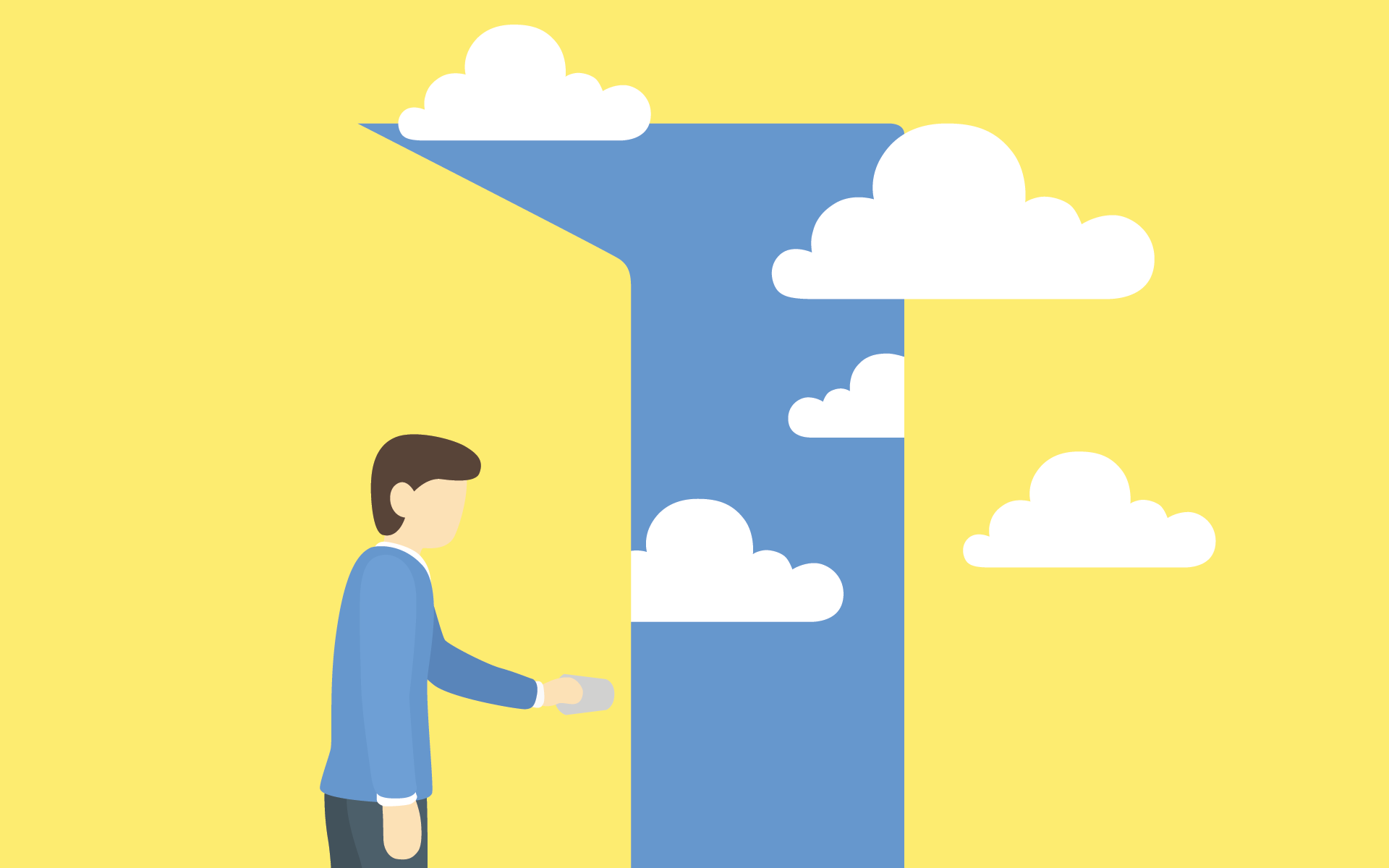When it all comes together, ballroom dancing is like flying. Every part of your body is moving all the time, every part engaged and energized.
I remember one Saturday night when I was out dancing with my husband, Phil. It was a social dance at our instructor’s studio. The floor wasn’t very crowded, so we had plenty of room to move. We took our positions and started to glide along the floor as the waltz played. I moved lightly, curving in and out of Phil’s arm as he led me into turns. As he did, I had space to pull through the move and go past him—dancing in unison and in the same direction as the other pairs, as the whole group charted a big circular course around the room.
It’s pure pleasure to follow your dance partner. It’s the one time in your life when you’re not supposed to be thinking. As women, we’re used to taking care of busi- ness and getting the job done, and it can be quite hard to turn that o and just follow. But when you’re able to do it, it’s a real joy.
My husband and I are part of a large and active amateur competition circuit. We met in a beginner class in ’97 and took part in our rst ballroom dance con- test in the spring of ’99. We weren’t very good, but we thought we were fabulous. We had a lot of fun.
Over time I’ve discovered that the more integrity you have in your movement—and that takes concentration—the more satisfaction there is. You’re moving in three physical planes, you’re moving in time, and you’re also reading the input you’re getting from the muscular to and fro from your partner. You’re acting but also reacting. It’s wonderful when you’re really in tune. Phil and I aren’t always utterly in sync, but generally we dance together well.
The more we danced, the more we noticed what was going on in our bodies. We detected tension and stress in various places and came to see the kind of habitual responses we were falling into. I tended to collapse my left shoulder, and this was partly in response to a habit Phil acquired of dropping his shoulder as we tried to get through traffic on the floor.
We went through a stage when we were both frustrated by the experience of social dancing. We were trying to improve our technique and move around more freely on the oor. But you can’t al- ways do that in a social dance, where not everyone is on the same level or leaving you enough space to move. My reaction was to think “Get out of my way!” but I had to realize that not everyone has the same goals. We found other places to dance where we could really extend our- selves, but we also realized we owed it to ourselves to nd enjoyment in whatever dance environment we’re in.
For a long time, I felt I had to think hard to interpret the information—the lead—I was receiving. Now, after enough years of study and practice, I don’t try to manage it anymore. The less I think, the more successful we are. I let my body do the interpreting and just enjoy it.





